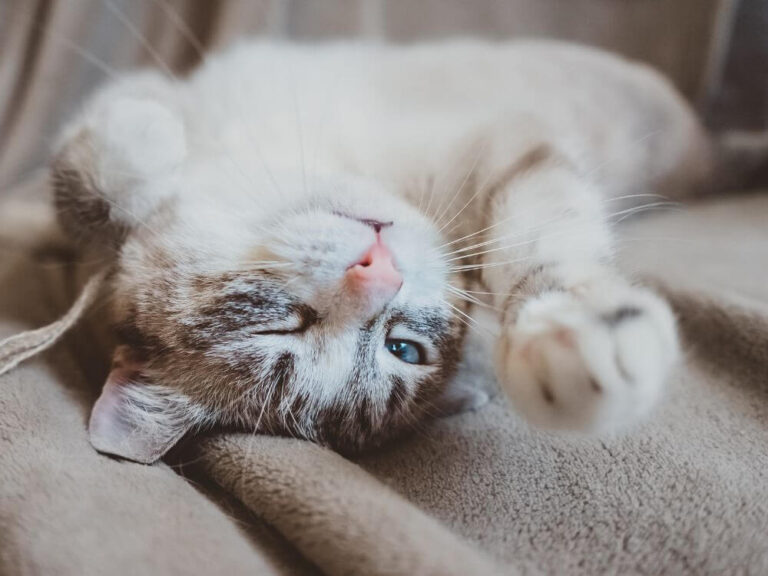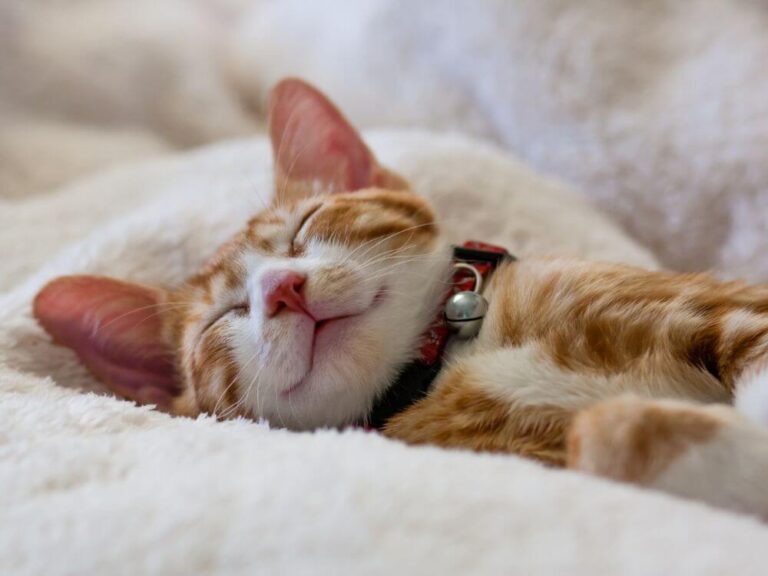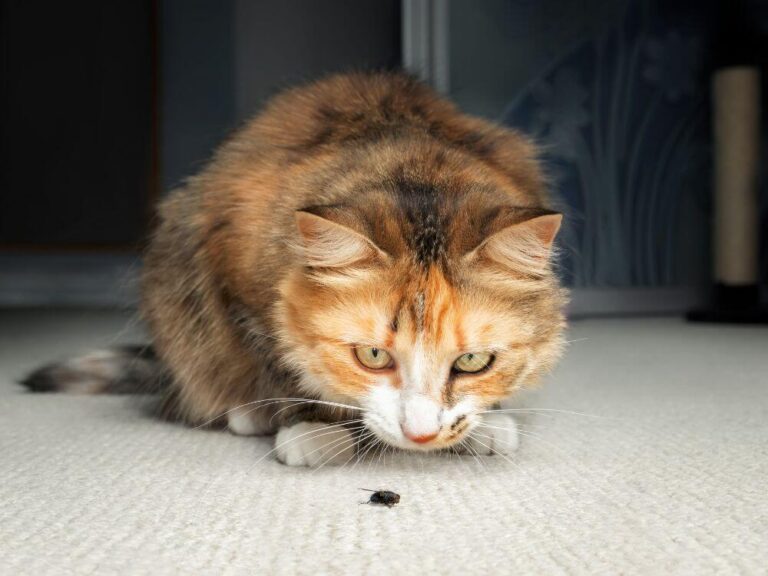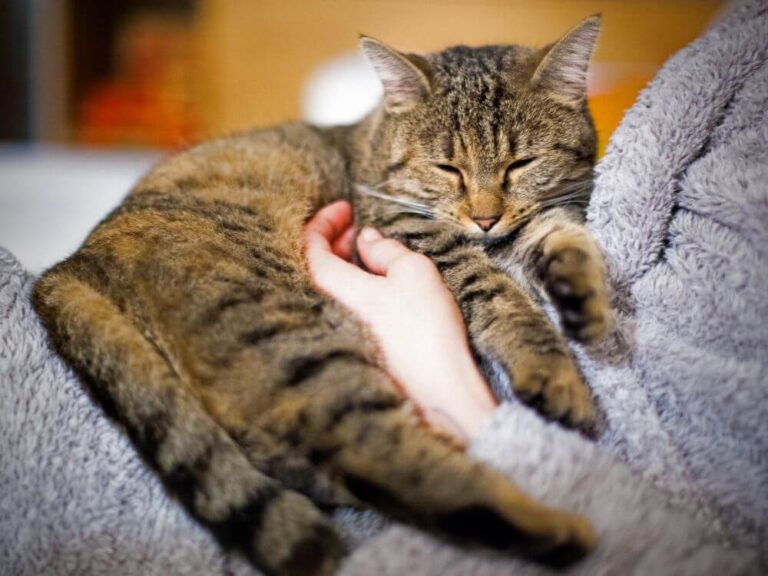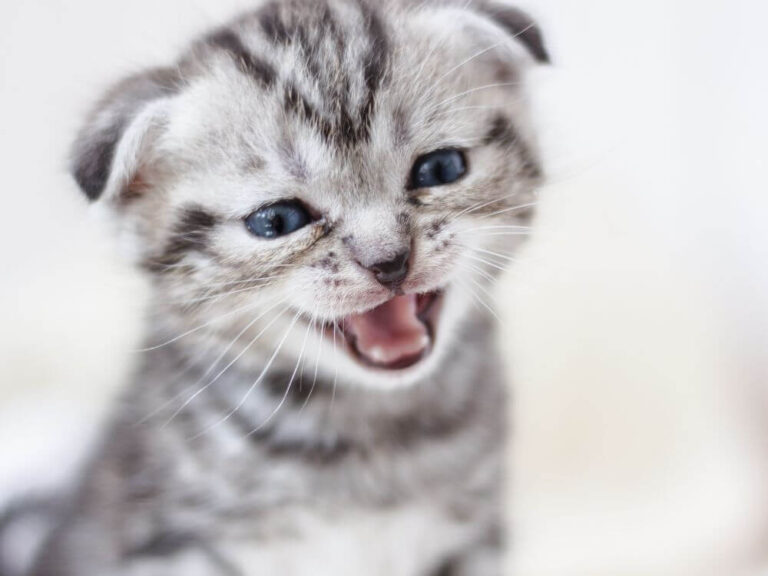Why Does My Cat Scratch New Furniture?
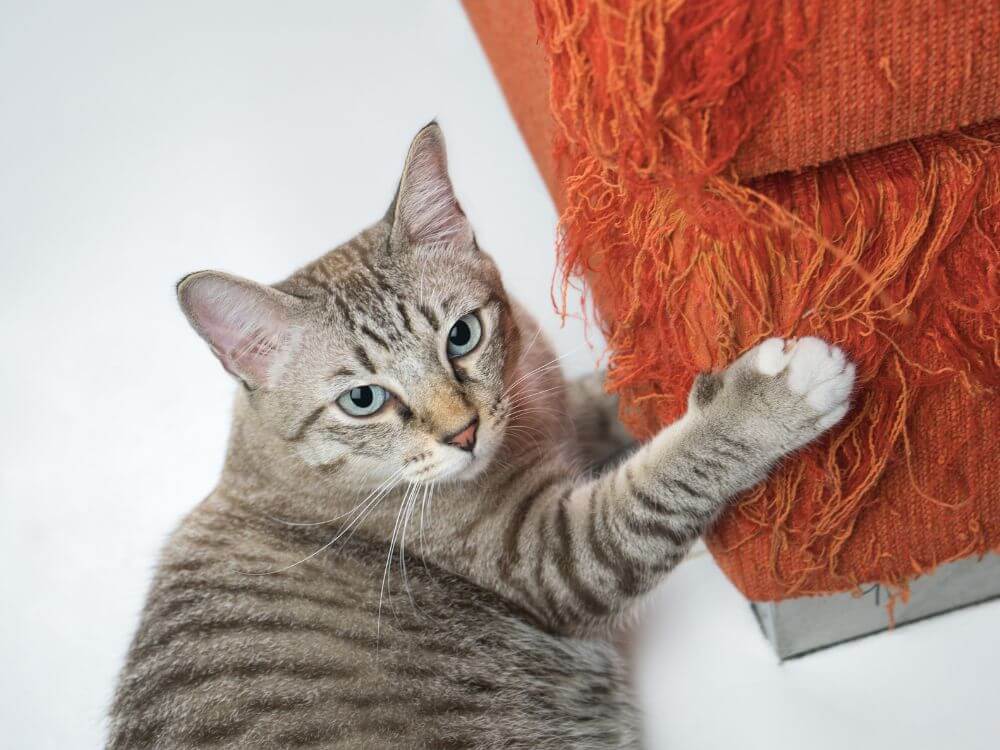
If you’ve recently brought home new furniture, you may have noticed that your cat is eager to leave its mark. Scratching, while natural for cats, can be frustrating for homeowners, especially when it targets brand-new furniture. Understanding why cats scratch can help you approach this behavior with more empathy and give you the tools to manage it effectively.
Understanding the Instinct to Scratch
Cats scratch for a variety of instinctive reasons. Although it may seem like a destructive habit to humans, scratching is a vital part of a cat’s behavior. Here’s why scratching is so essential for felines:
1. Marking Territory
Cats are territorial creatures, and they use scratching to mark their domain. When a cat scratches a surface, it leaves both a visual mark and a scent. Cats have scent glands located in their paws, and by scratching, they release pheromones, which signal ownership over that area. This territorial marking is an instinctive behavior. In the wild, cats mark trees, fences, or other objects. For indoor cats, your furniture often becomes a substitute for outdoor objects.
This marking behavior is particularly noticeable with new furniture, as it hasn’t yet been “claimed” by your cat. In your cat’s mind, any new addition to its environment needs to be incorporated into its established territory. If your cat is the only pet in the household, it may simply be reaffirming its control over the space. In multi-cat households, the need to mark new furniture is even stronger, as cats establish and communicate their dominance and territory to other pets.
2. Maintaining Claw Health
One of the primary reasons cats scratch is to maintain the health of their claws. Scratching helps cats shed the outer layer of their claws, revealing sharp, fresh claws underneath. This natural “grooming” process keeps their claws functional and prevents overgrowth. In addition to sharpening their claws, scratching helps cats exercise their muscles, particularly in their shoulders and forearms. When they stretch their bodies while scratching, they’re engaging in a full-body workout, which is essential for keeping indoor cats healthy.
Furniture, especially new items with fresh fabric or materials, can offer just the right texture and resistance that your cat finds irresistible. Your cat isn’t deliberately targeting your furniture for damage, but rather it’s responding to the sensory feedback it gets when digging its claws into a surface. This instinctual behavior is difficult to curb without providing appropriate alternatives.
3. Stress Relief
Scratching also serves as a stress-relief mechanism for cats. Just like humans who may pace, bite their nails, or fidget when anxious, cats may scratch to release pent-up tension. Stress can stem from various factors, such as changes in the environment, boredom, or even frustration. For example, if you’ve recently redecorated, introduced new furniture, or moved to a new house, your cat may be feeling unsettled. Scratching the new furniture can be its way of coping with the change.
Some cats also scratch when they feel overstimulated. For instance, if your cat has just finished an intense play session or is excited about something it sees outside the window, it may scratch to release its energy. Scratching is a healthy outlet for emotions and helps your cat return to a state of calm.
4. Stretching Muscles
Scratching allows cats to stretch their bodies, especially their limbs and back muscles. When they extend their claws and pull against a surface, they engage in a full-body stretch. This stretching is crucial for cats, especially indoor ones that might not get enough physical exercise throughout the day. Scratching on vertical surfaces, such as your couch or a scratching post, helps maintain muscle flexibility and joint health. It’s the feline equivalent of a morning yoga routine.
5. Habit and Routine
Cats are creatures of habit. Once they develop a routine, it becomes ingrained in their daily behavior. If your cat is accustomed to scratching a certain material, such as fabric or leather, it will likely continue to do so. New furniture provides an exciting opportunity for your cat to incorporate it into its regular scratching routine. The novelty of new furniture may initially draw your cat’s attention, but without redirection, the habit could persist.
Why Do Cats Target New Furniture Specifically?
New furniture presents a fresh challenge and an exciting opportunity for your cat. Beyond the general reasons for scratching, there are specific factors related to new furniture that may intensify your cat’s interest:
1. Unfamiliar Scents
New furniture comes with unfamiliar scents from the store, factory, or delivery service. These new smells can trigger a strong desire in your cat to reassert its ownership over the environment. Cats are territorial animals, and the presence of foreign odors can make them feel uneasy. Scratching helps them “cleanse” the new item by covering it with their own scent.
Your cat’s reaction to unfamiliar smells may be stronger if you have recently moved, redecorated, or introduced multiple new items into the home. In this case, the new furniture becomes a key part of re-establishing territorial boundaries.
2. Appealing Textures
The texture of new furniture can be particularly appealing to cats. Rough or nubby materials, such as linen, tweed, or leather, offer tactile satisfaction when scratched. Your cat may find these materials more enjoyable to scratch than older, smoother surfaces. Some cats are drawn to materials that provide resistance, and new upholstery or fabric might have the ideal texture for satisfying their scratching needs.
3. Stress from Environmental Changes
Cats are highly sensitive to changes in their surroundings. The introduction of new furniture can disrupt the environment they are used to, causing mild stress or anxiety. In response to these changes, your cat may begin scratching more frequently. New furniture represents an unfamiliar object in their territory, and they may feel the need to scratch it as a way of reclaiming their space and reducing their anxiety.
Is My Cat’s Scratching Behavior a Problem?
Although scratching is a natural and healthy behavior for cats, it can become problematic when it results in damage to your home or furniture. Understanding that your cat is not intentionally being destructive but rather following its instincts can help you manage the behavior more effectively.
When you recognize the underlying causes, you can take steps to mitigate the damage while still allowing your cat to express its natural instincts. Scratching can’t be stopped entirely, but it can be redirected to more appropriate surfaces. In part two of this series, we’ll explore methods to manage and prevent scratching on your new furniture without disrupting your cat’s well-being.
Conclusion
Understanding why your cat scratches new furniture can help you manage this behavior without frustration. By providing alternatives like scratching posts, protecting your furniture, and using positive reinforcement, you can create a home environment that satisfies your cat’s natural instincts while keeping your new furniture safe. With patience and a proactive approach, you and your feline friend can enjoy a harmonious living space.

